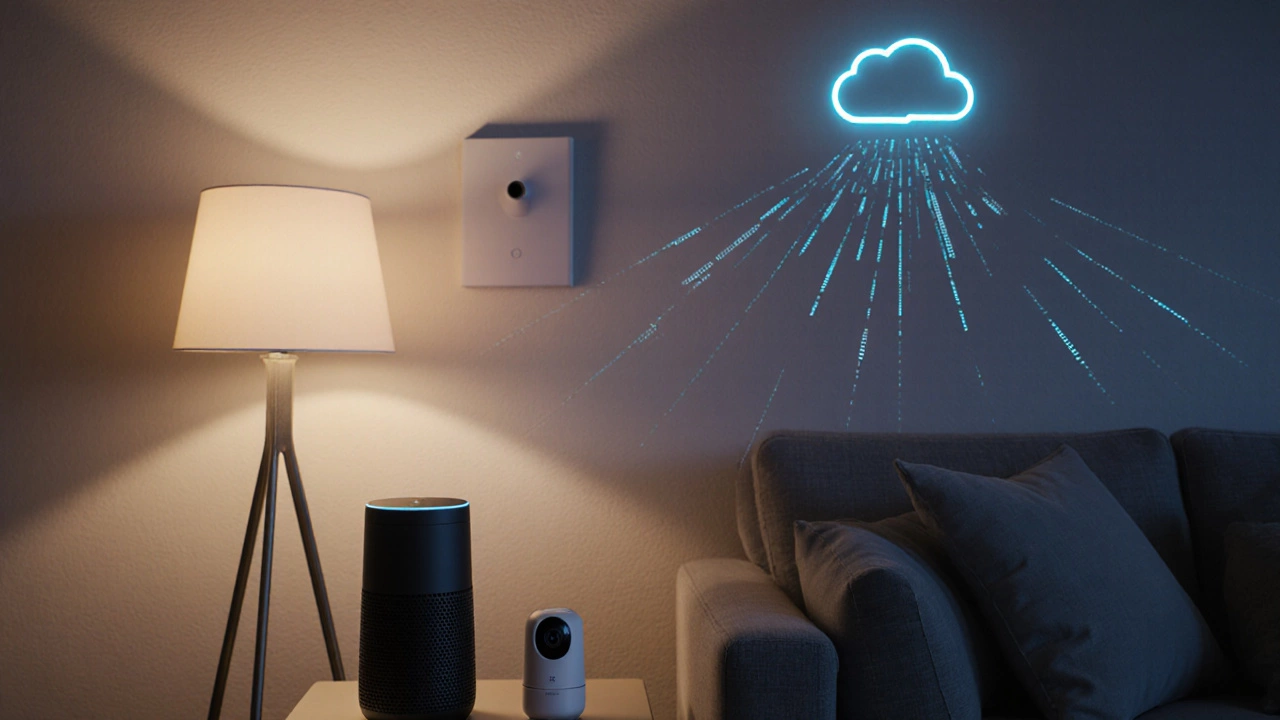When dealing with smart home privacy, the practice of safeguarding personal data generated by connected household gadgets. Also known as home data protection, it helps keep your family’s daily routines hidden from prying eyes.
Your IoT devices, smart thermostats, lights, locks, and appliances are the first line of exposure. Smart home privacy encompasses protecting those gadgets, because each one leaks bandwidth, usage patterns, or even video feeds. The same goes for voice assistants, Amazon Alexa, Google Assistant, and similar services; they constantly listen and upload audio, making them a key privacy concern. Security cameras, indoor, outdoor, and doorbell cams add another layer—if not encrypted, anyone can view live footage or stored clips.
Smart home privacy requires strong network encryption; a WPA3‑protected router limits hackers from sniffing traffic between devices. Regular firmware updates act as patches against newly discovered vulnerabilities, ensuring your thermostat doesn’t become an entry point. Changing default passwords on every device reduces the risk of credential stuffing attacks. Finally, segmenting your home network—placing IoT gadgets on a guest SSID—prevents a compromised light bulb from reaching your personal computers.
These steps tie together the main entities: IoT devices generate data, voice assistants amplify it, and security cameras store it. By treating each as a linked piece in the privacy puzzle, you can build a defense that’s more than the sum of its parts. Below you’ll find a curated collection of articles that walk through each topic in depth, from choosing the right router to configuring privacy settings on popular assistants. Dive in to see how you can make your smart home truly private.

Explore the main privacy concerns of smart home devices, learn how data is collected and stored, and get practical steps to safeguard your home network.